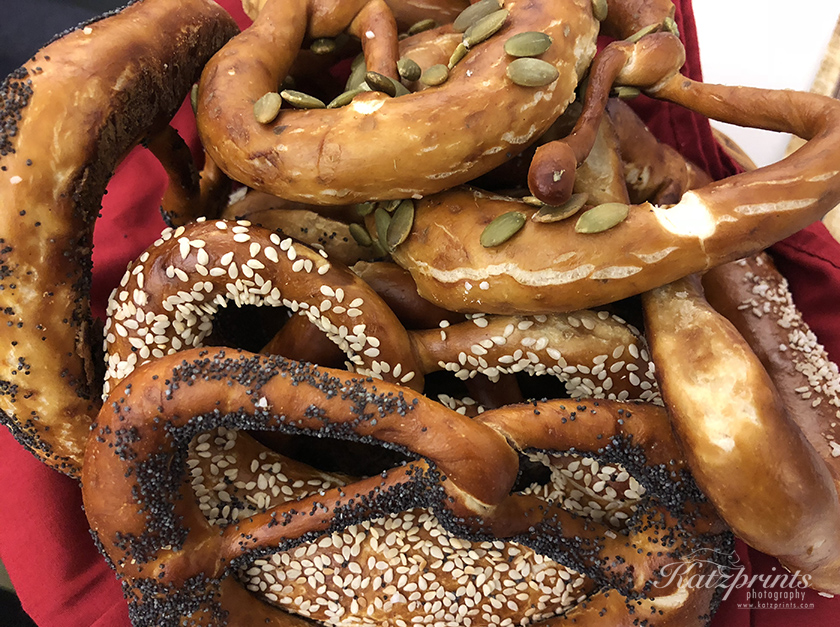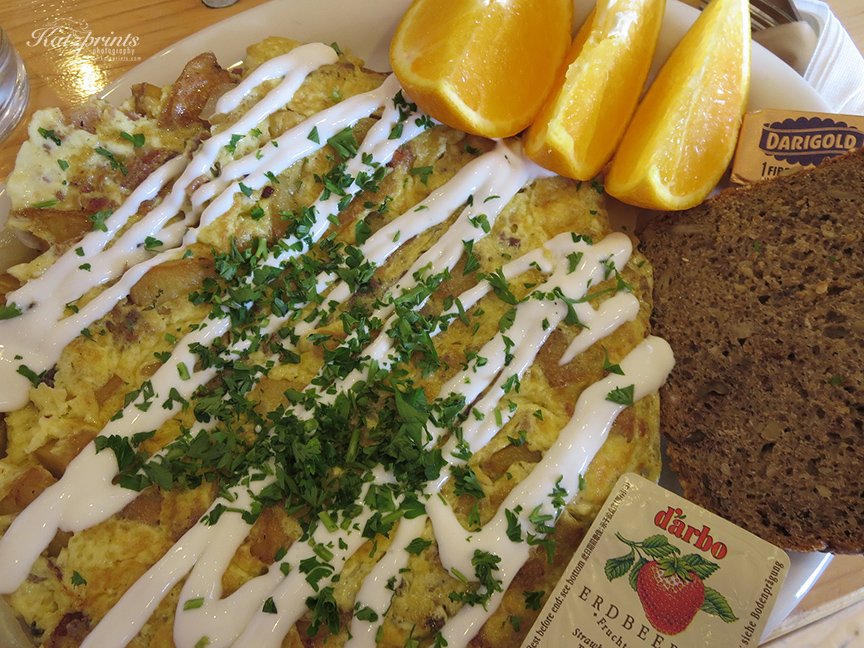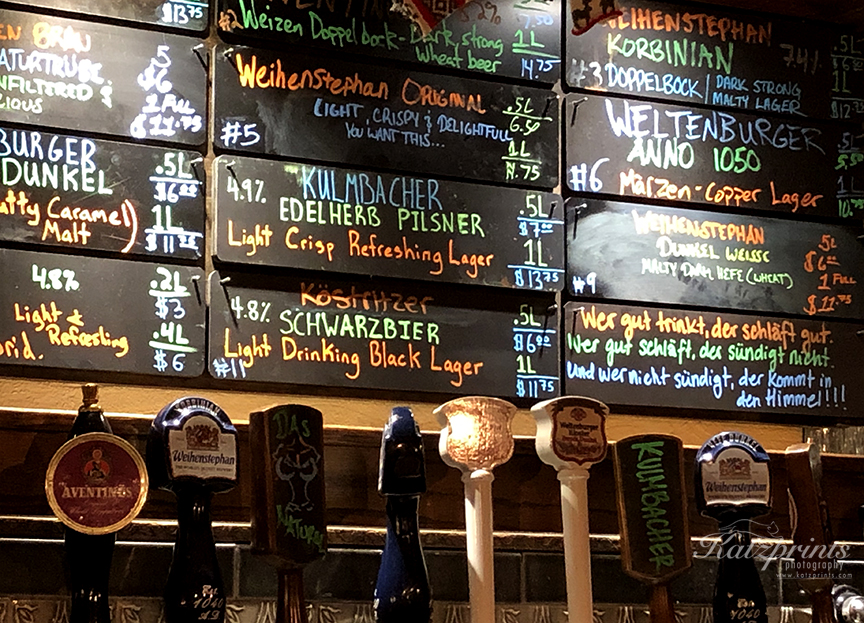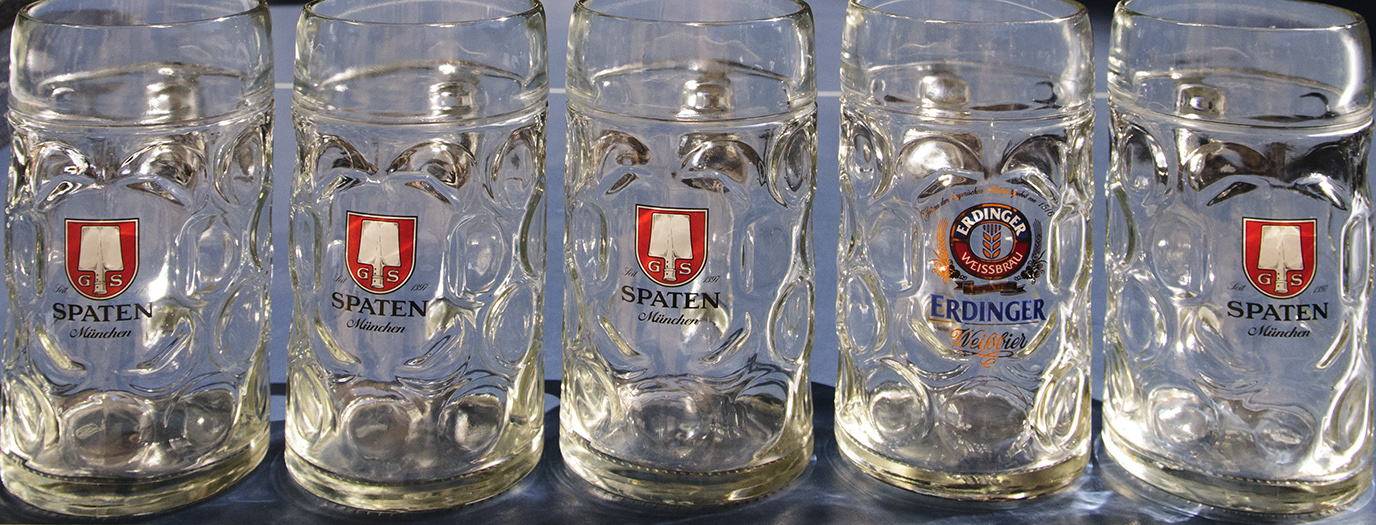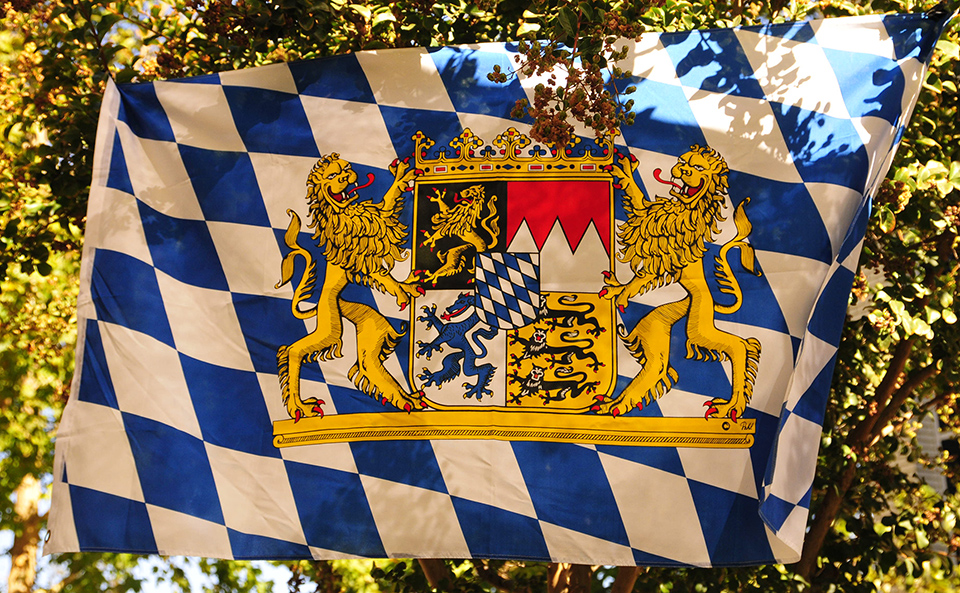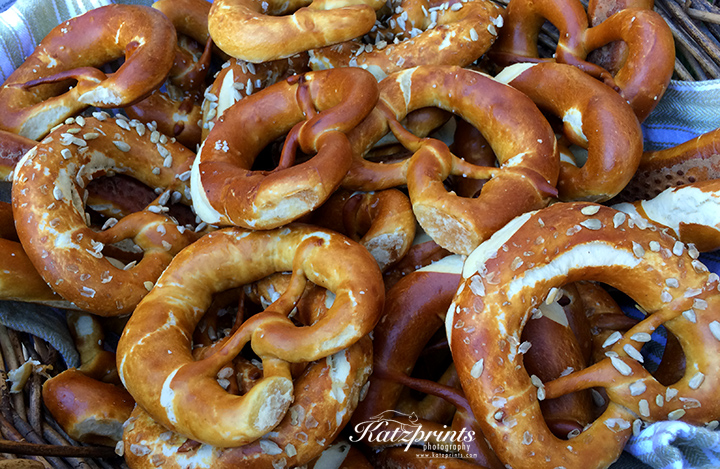German restaurants in the Bay Area & beyond (part 3)
In Europe, we love to consume our meal or drink outside. No matter if we are enjoying a pint, a coffee and croissant, bocadillo, currywurst, poffertjes, or a nice cup of gelato, Europeans love to be outside. In Amsterdam, London, Paris, Barcelona, or Berlin, you find tables and umbrellas at every market square, in the shadow of church spires, along rivers and lakes, and even on boats. In Stockholm, we visited a coffee bar that had blankets on every chair outside so that people could enjoy the sun as long as possible. In Germany, I convinced my partner that it was perfectly fine to eat our gelato outside. I mean, really, what are down jackets and woolly hats for? I think it was that same day he learned about the German saying: there is no bad weather, just inappropriate clothing!

When I came to mostly sunny Northern California more than 20 years ago, I obviously pictured a similar outside culture, except on steroids, considering the endless blue skies and warm temperatures here. Now, imagine my surprise: There was hardly any place to sit outside, except your own backyard or picnic area in your local park. OK, there was another surprise: It gets cold here in the evening! But that’s a different story.
Fast forward to today. We are still a society focusing on cars; we don’t really have pedestrian zones, and a lot of people are still enamored with air-conditioned spaces. And yet, things have changed significantly in the Bay Area. Cities like Mountain View widened sidewalks to provide space for tables, and others are experimenting with temporary street closures to get people out of their cars. Coffee places and beer gardens have popped up everywhere, and I dare say that they have played an important role in moving us out of cold restaurants into the California sun.
Here now is part 3 of my German culinary trip: first, to the City we go…
San Francisco
San Francisco has a number of interesting German restaurants, from Schroeder’s, the oldest German restaurant on the West coast, to Walzwerk, which features decor from the GDR days. Walzwerk has a few typical Eastern German food items on the menu. This is the one place where I can get Soljanka, a soup I used to eat as a kid when returning from family visits behind the Iron Curtain. My favorite German place in SF, and go-to restaurant before concerts in Davies Symphony Hall, is Suppenküche. The food here is always good; the only problem is that it tends to get crowded, so plan for ample time! A very recent addition to the German scene (and a place I have not managed to visit just yet) is Mauerpark. Looking at the website, it has a small and simple menu, coffee drinks, and a few beers and wines.
East Bay
A number of great German restaurants are located across the Bay. Enjoy organic slow-food at Gaumenkitzel in Berkeley, another place that is not typical Bavarian. The menu has a nice variety, and this is one of the few places where you can stop in the afternoon for the beloved German tradition of Kaffee und Kuchen (coffee and cake). If you are in Alameda, check out Speisekammer. They have an interesting menu – always featuring a few fish dishes – and are the only German place, where I have heard live, wait for it, Honky Tonk music 🙂

Stuck on 880 on a sunny day? Get off the freeway and visit Brotzeit, located on the waterfront. I would venture to say that this is the only German place where you can enjoy your beer with views of sailing boats. A favorite here is the Sausage Platter which features two brats, sauerkraut, spätzle, and a bretzel. They also offer family platters, which are great for groups, and an interesting cocktail menu. As far as I know, the owners are not German but their food is pretty spot on.

Austrian-Swiss-German
As I said when I started this series, some restaurants included in the search results for “German food” are from other German-speaking areas in Europe or feature a mixed cuisine.
Probably the most famous Austrian restaurant is Naschmarkt in Campbell. Since it is on the expensive side, I would call this a place for special occasions. You don’t get huge American portions here, and that’s good because you should treat yourself with one of their delicious soups and also keep space for dessert! If you are in Carmel and love cheese, visit Swiss Bistro Lugano, which is located in the Barnyard. In this old-fashioned looking place, you can address your cravings for fondue, but no worries, they do serve other dishes as well.
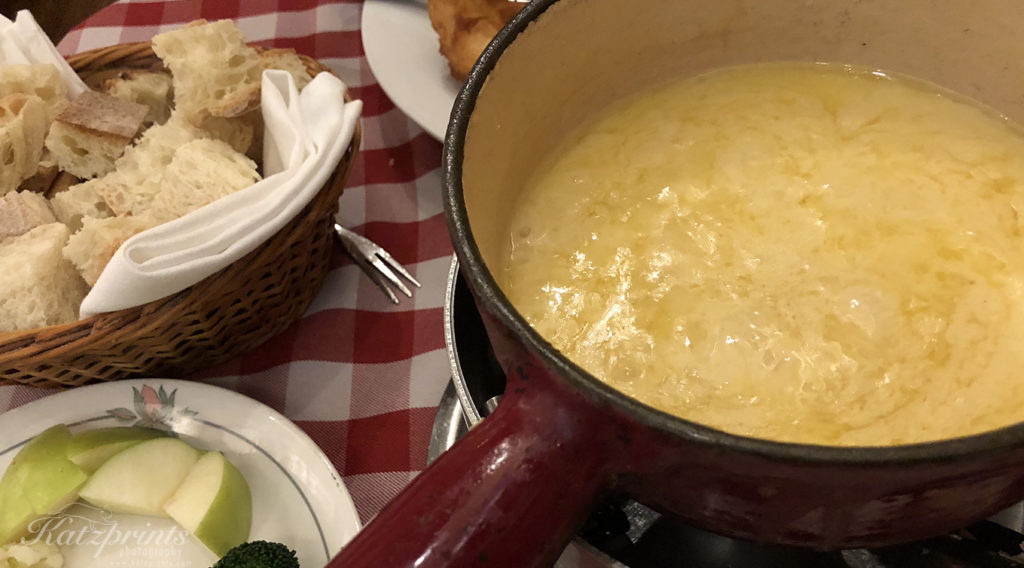
Another Austrian (Alpine-inspired) place is Leopold’s in San Francisco. It’s a boisterous place, where the beer flows, waitresses wear Oktoberfest outfits, and thirsty people can try their luck on 2 or 3 liter boots. Did I mention I never saw beer boots before coming to the US?
I don’t want to leave you without mentioning a San Jose staple since 1971: Gunther’s. While Gunther is from Northern Germany (you can read about the immigration history of his family on their website), I don’t consider Gunther’s a German restaurant but rather a New York-style deli. Except for the sandwiches (Reuben, Pastrami, etc.), most of the food comes from the steam table, which makes this a good place for a quick bite. You can find a touch of “Germanness” in the Favorites menu though, including a German Platter (sausages, kraut, and potato salad), Jägerschnitzel, and Kohlrouladen (stuffed cabbage).
Aside from these places, there are now quite a few beer gardens in the Bay Area. Some of them might have a somewhat German-sounding name on the door, like Steins Beer Garden, but are actually an American take on the German idea. That does not mean they aren’t great places to hang out with your friends! In the end, it’s all about having a good time!
What is your favorite German place in the Bay Area? And which places have I missed? Please share your thoughts in the comments!


